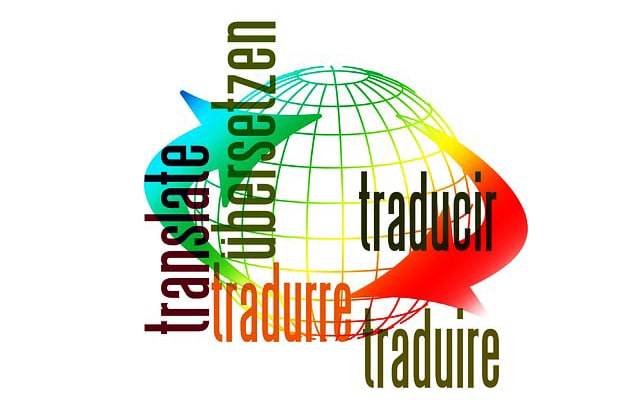An Outline of EU Treaties
The settlements of the European Association (EU) structure the sacred reason for the Association, framing its targets, institutional design, and dynamic cycles. These settlements are authoritative arrangements between part states and are central to the working of the EU, impacting many approaches and regulations.
Key Treaties
The EU's lawful system is principally based upon two center arrangements:
1. Arrangement on European Association (TEU): Initially endorsed in Maastricht in 1992 and altered by resulting deals, the TEU lays out the EU's fundamental standards, including its objectives of advancing harmony, a majority rules government, and basic freedoms. It likewise characterizes the jobs of key organizations like the European Parliament, the European Commission, and the Gathering of the EU.
2. Settlement on the Working of the European Association (TFEU): This arrangement, which developed from the Settlement of Rome (1957), gives point by point arrangements with respect to the activity of the EU. It covers different regions like inner market approaches, contest regulation, and social arrangement.
Development of Arrangements of Treaties
The EU deals have gone through various corrections to adjust to changing political scenes and extend the Association's capabilities. A few huge deals include:
- Single European Demonstration (1986): This was the main significant modification of the Settlement of Rome, pointed toward laying out a solitary market by 1992. It acquainted new dynamic strategies with upgrade proficiency.
- Maastricht Settlement (1992): This deal laid out the EU as well as laid the preparation for Financial and Money related Association (EMU) and presented European citizenship.
- Amsterdam Deal (1997): This settlement transformed EU organizations to plan for extension and underlined regions like equity and home undertakings.
- Decent Settlement (2001): Pointed toward changing dynamic cycles fully expecting augmentation, it changed casting a ballot loads in the Board and changed the structure of the Commission.
- Lisbon Settlement (2007): This arrangement tried to smooth out EU tasks by annulling the point of support structure laid out by Maastricht and improving the job of the European Parliament. It additionally made the Sanction of Crucial Privileges lawfully restricting.
Significance of Treaties
EU settlements serve a few basic capabilities:
- Legitimate System: They lay out a lawful reason for all EU activities, guaranteeing that each choice is grounded in settled upon rules.
- Institutional Construction: The arrangements characterize how different EU organizations communicate with one another and with part states, setting out their powers and obligations.
- Strategy Targets: They articulate shared objectives for part states, for example, advancing monetary development, ecological manageability, and social union.
Treaties Summary
The treaties of the European Association are fundamental for understanding how the EU works. They give a structure to administration as well as mirror the qualities and goals of its part states. As Europe keeps on confronting new difficulties, these settlements will probably develop further to address arising issues while keeping up with solidarity among different countries.
NewEnglishCenter Treaties

Grow your business and website with our results based services.

Reach new national and international markets for your business.

Online free and premium language services will become your tools in developing your career.